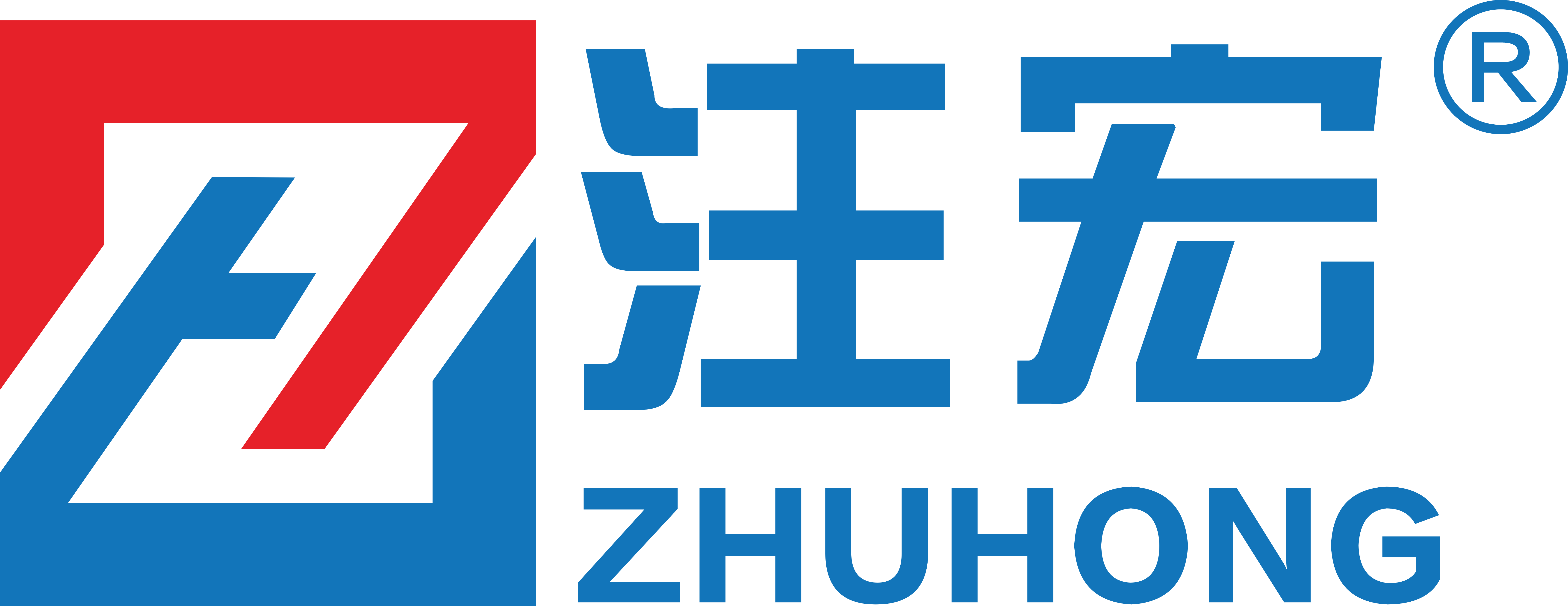
A Comprehensive Guide to Understanding AC Motors for Global Buyers
As industries around the globe increasingly rely on automation and energy efficiency, the demand for AC motors has surged significantly. According to the International Energy Agency (IEA), electric motors account for nearly 43% of global electricity consumption, underscoring the critical role of AC motors in driving various applications across sectors like manufacturing, HVAC, and transportation. The versatility and reliability of AC motors make them a preferred choice for global buyers who seek efficient solutions to enhance operational performance while minimizing energy costs.
In recent years, the AC motor market has seen remarkable growth, projected to reach $21.74 billion by 2026, at a CAGR of 5.3% from 2019 to 2026, as reported by MarketsandMarkets. This trend highlights the increasing investments in renewable energy sources and the rising demand for energy-efficient equipment worldwide. To navigate this dynamic landscape, it is essential for global buyers to gain a comprehensive understanding of AC motors, their types, applications, and the factors influencing purchasing decisions. This guide aims to equip buyers with the knowledge necessary to make informed choices in an ever-evolving market.
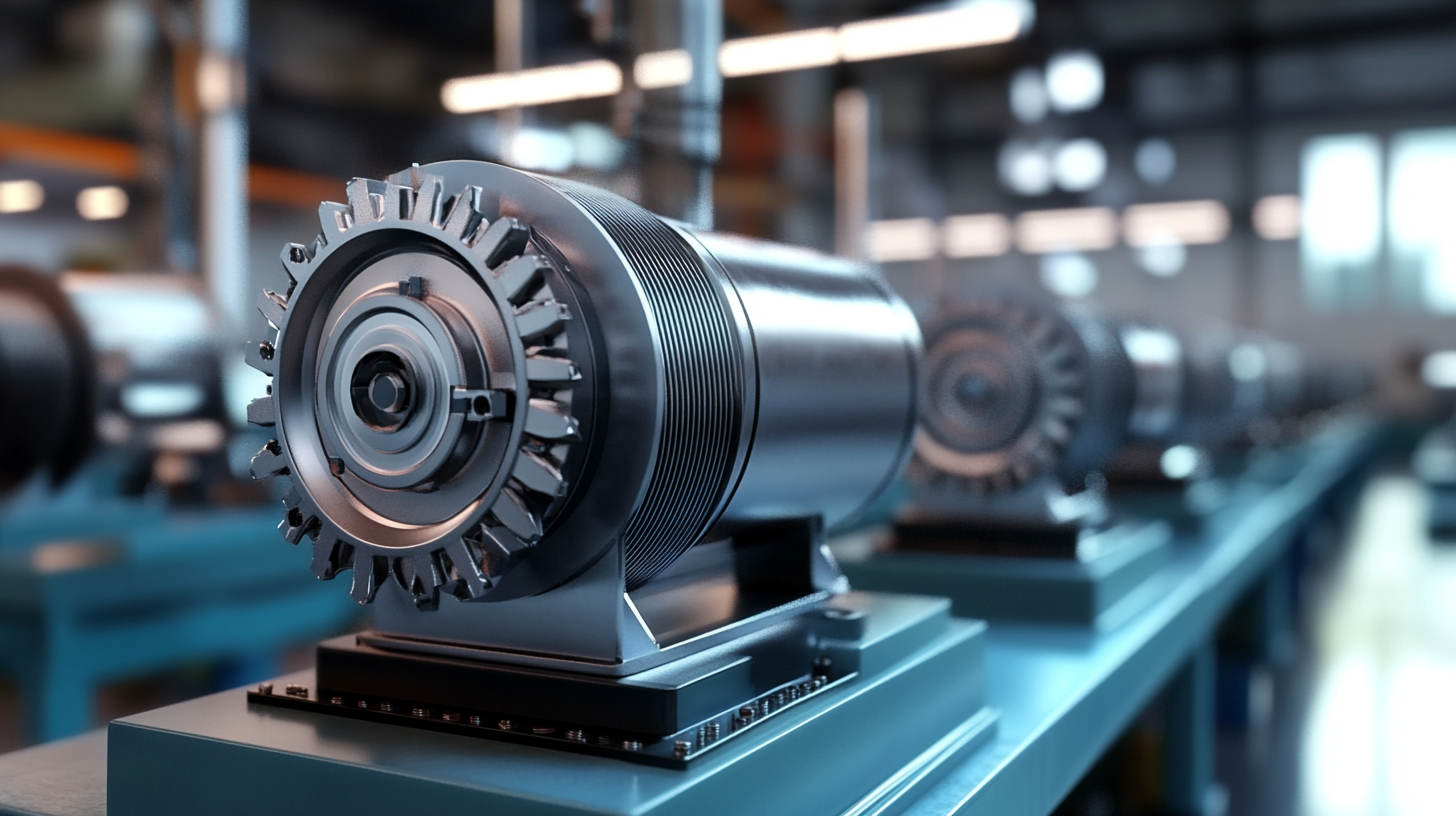
Key Types of AC Motors and Their Applications in Various Industries
In the world of industrial automation, understanding the types of AC motors is crucial for global buyers aiming to make informed decisions tailored to their specific applications. AC motors, characterized by their ability to convert alternating current electrical energy into mechanical energy, primarily fall into two categories: synchronous and asynchronous (or induction) motors. According to a recent industry report by Grand View Research, the global AC motors market size was valued at approximately $30 billion in 2022 and is expected to grow steadily, driven by the increasing demand for energy-efficient systems. Synchronous motors are known for their precise speed control and efficiency, making them ideal for applications requiring constant speed under varying loads, such as in power generation and large compressors. Research indicates that synchronous motors account for about 25% of the overall AC motor market, particularly in sectors like oil and gas where operational efficiency is paramount. Their ability to operate at leading power factors also makes them favorable for minimizing energy losses in hybrid systems. On the other hand, asynchronous motors, especially squirrel cage types, dominate the market, representing approximately 70% of total AC motor sales. Their robust construction and simplicity make them suitable for a variety of industrial uses, from conveyor systems in manufacturing to pumps in water treatment facilities. The versatility and reliability of these motors are supported by data from Market Research Future, highlighting their widespread adoption due to lower initial costs and easier maintenance compared to synchronous motors. As industries globally continue to evolve, the choice between synchronous and asynchronous AC motors will largely depend on specific application requirements, efficiency considerations, and cost factors. Buyers must continuously assess these elements to align their motor selections with industry standards and performance expectations.
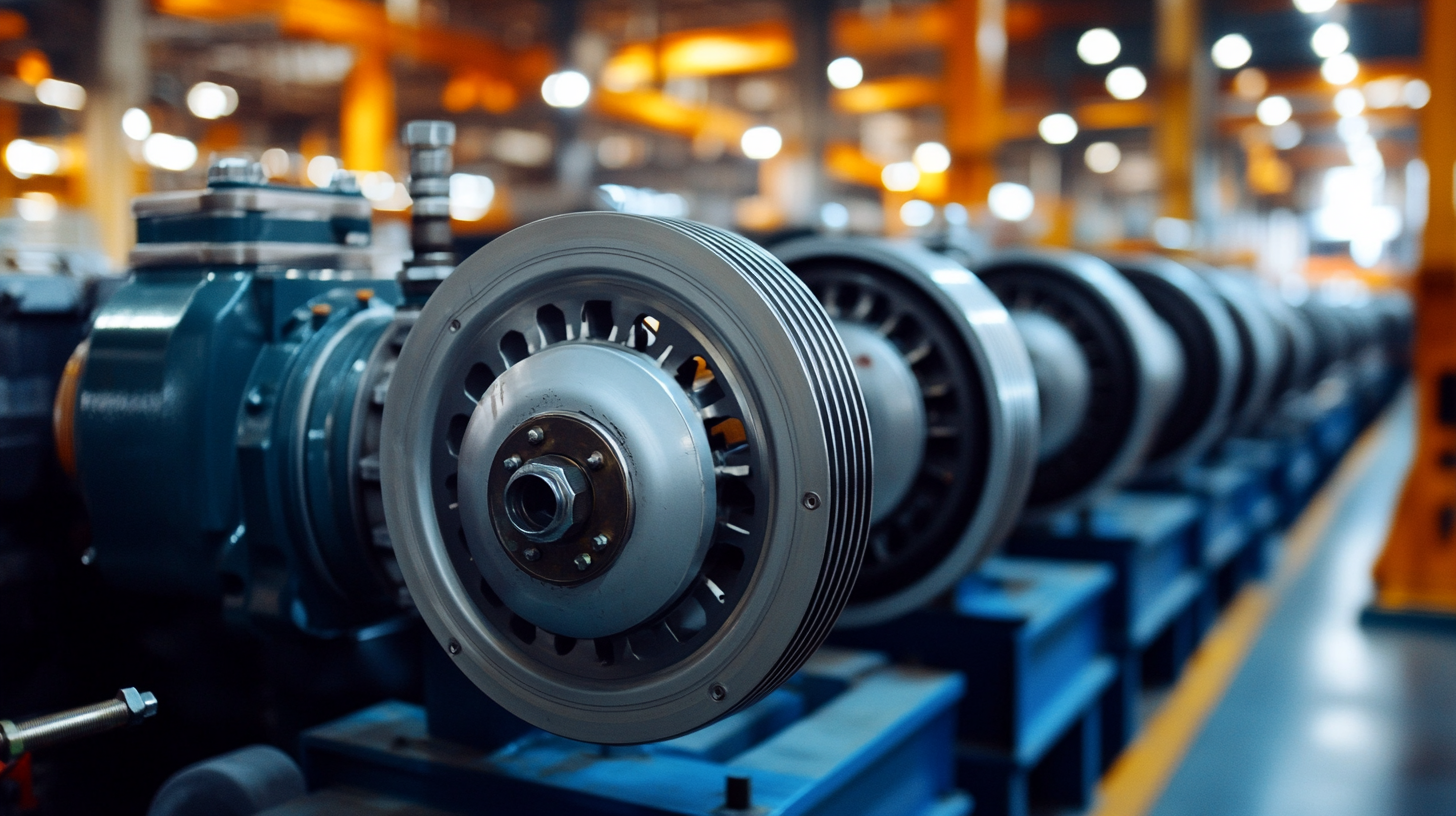
Essential Features and Specifications to Consider When Buying AC Motors
When considering the purchase of AC motors, various essential features and specifications play a crucial role in ensuring you make an informed decision. The first aspect to examine closely is the motor's efficiency rating. Higher efficiency often translates to lower operational costs and reduced energy consumption, which is particularly relevant in today’s environmentally conscious market. Look for AC motors that comply with recent efficiency standards, as this indicates a commitment to sustainability and innovative design.
Another critical specification to consider is the power rating, measured in horsepower or kilowatts. It's important to match this with the specific requirements of your application, whether it's for industrial use, commercial purposes, or integrating into electric vehicles. Additionally, understanding the motor's torque characteristics is essential. Different applications may require varying amounts of torque; therefore, knowing the starting torque and full-load torque will help you determine if the motor is suitable for your needs.
Furthermore, examine the physical dimensions and installation requirements of the AC motor. A compact design may be necessary for space-restricted environments, while certain mounting options might be critical for specific applications. Lastly, reviewing the motor's cooling mechanism is vital, especially in high-performance scenarios where overheating could be a concern. Ultimately, taking the time to evaluate these features will enhance your purchasing experience and ensure that you select an AC motor that truly meets your needs.
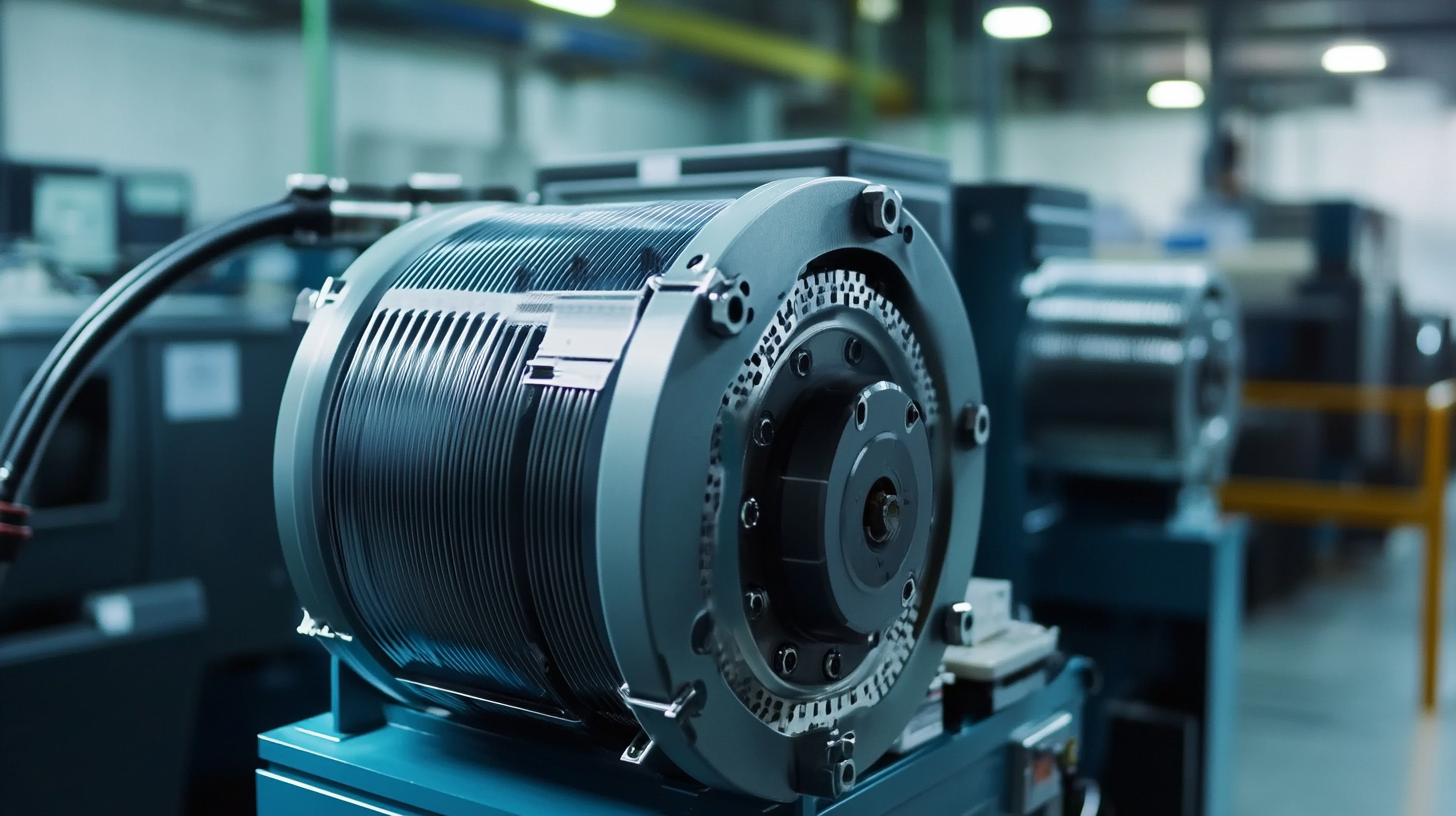
Energy Efficiency Ratings: Understanding Their Importance in AC Motor Selection
When selecting AC motors, energy efficiency ratings play a crucial role in ensuring optimal performance while minimizing operational costs. These ratings, typically expressed as a percentage, indicate how well a motor converts electrical energy into useful mechanical energy. Higher efficiency ratings mean less energy loss, leading to lower utility bills and a reduced carbon footprint, making it essential for global buyers to prioritize this aspect during their purchasing process.
Understanding energy efficiency ratings involves familiarizing oneself with industry standards such as NEMA and IEC classifications. These organizations provide guidelines that help buyers assess motors based on their energy consumption and efficiency over a defined load range. Additionally, many regions adapt these standards to promote energy savings and sustainability, further influencing the decision-making process. Buyers should be aware of local regulations and incentives that might encourage the use of energy-efficient motors, as these can significantly impact the overall cost-effectiveness of an investment.
Another important consideration is the motor’s operational environment. Factors such as duty cycle, ambient temperature, and load characteristics can affect energy performance. By selecting an AC motor with a suitable efficiency rating tailored to specific operating conditions, buyers can ensure that their systems run smoothly and economically over time. Thus, evaluating energy efficiency ratings not only aids in choosing the right motor but also highlights a commitment to sustainable industrial practices.
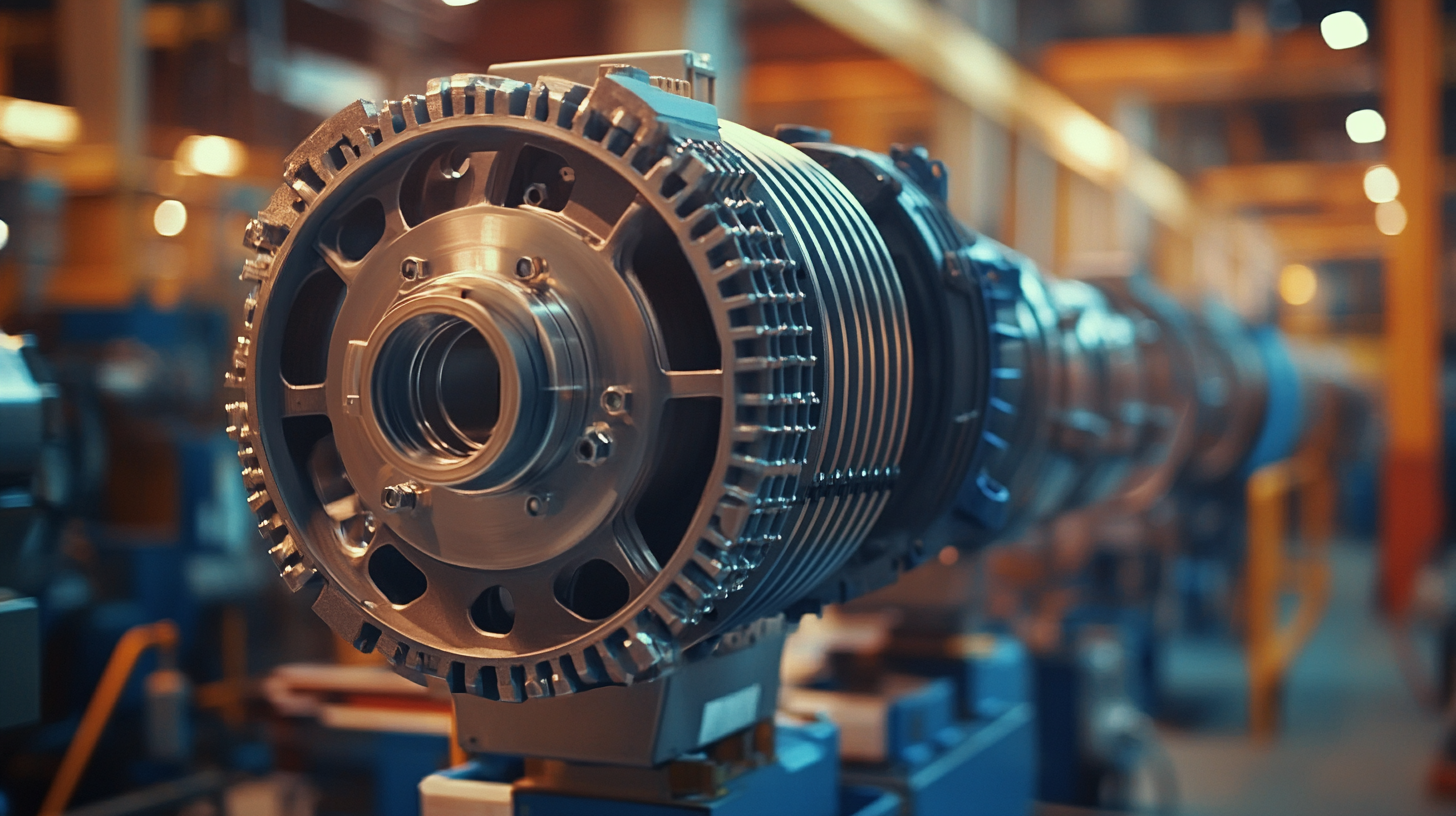
Common AC Motor Technologies and Innovations Globally
When it comes to the realm of AC motors, innovation and technological advancements play a crucial role in meeting the diverse needs of global buyers. Among the most commonly utilized AC motor types are the induction motors and synchronous motors, each offering unique advantages. Induction motors, celebrated for their robustness and simplicity, dominate industries requiring reliable performance with minimal maintenance. Conversely, synchronous motors are increasingly favored in applications demanding precise speed control and high efficiency.
Recent innovations in AC motors have primarily focused on enhancing energy efficiency and environmental sustainability. Developments in variable frequency drives (VFDs) enable greater control over motor speed and torque, yielding significant energy savings in applications ranging from HVAC systems to manufacturing processes. Additionally, advancements in materials and design have led to lighter, more compact AC motors that can reduce installation complexity and improve overall system performance.
Smart technologies, such as IoT integration, are also making their way into the realm of AC motors. By equipping motors with sensors and connectivity features, manufacturers can gather real-time data on motor performance, enabling predictive maintenance and reducing downtime. This trend towards smarter AC motor solutions highlights an industry-wide shift towards not only improving efficiency but also enhancing user experience in the global marketplace. As innovations continue to unfold, understanding these technologies becomes essential for buyers aiming to make informed decisions in an ever-evolving landscape.
Best Practices for Maintenance and Troubleshooting of AC Motors
When it comes to the maintenance and troubleshooting of AC motors, adhering to best practices is essential for ensuring their longevity and optimal performance. According to a report by the National Electrical Manufacturers Association (NEMA), regular maintenance can reduce downtime and improve efficiency by as much as 30%. One of the most effective maintenance practices is routine inspection, which involves checking for signs of wear, overheating, and unusual noises—key indicators that a motor may need attention.
Another critical aspect of maintenance is lubrication. Over 50% of motor failures can be traced back to inadequate lubrication, as reported by the Electric Power Research Institute (EPRI). It is vital to follow the manufacturer's guidelines regarding the type and frequency of lubrication to maintain the bearings and other moving parts effectively. Additionally, implementing vibration analysis can help detect early signs of imbalance or misalignment, allowing for corrective action before a more significant breakdown occurs.
In terms of troubleshooting, understanding the common failure modes of AC motors is crucial. For instance, insulation breakdown accounts for approximately 70% of all motor failures. Utilizing diagnostic tools such as insulation resistance testers can aid in identifying insulation degradation before it leads to complete motor failure. Furthermore, leveraging thermal imaging cameras can help pinpoint hotspots that may indicate electrical issues or poor connections, contributing to proactive maintenance strategies. By embracing these best practices, global buyers can ensure their AC motors operate efficiently and sustainably, ultimately leading to cost savings and improved reliability.
-

Phone
Phone

0086-13586199782
-

E-mail
-

Whatsapp
-

Wechat
Wechat

-

Top
